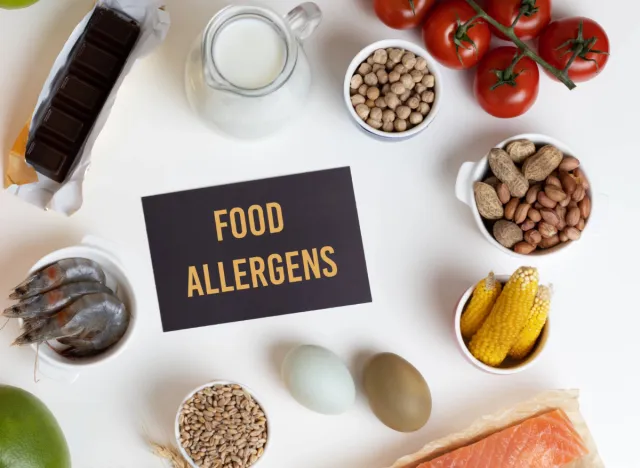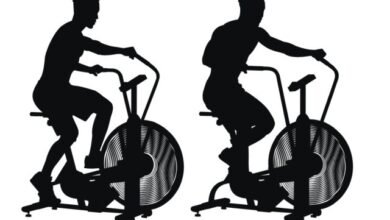I’m a Dietitian—Here’s How to Properly Follow an ‘Elimination Diet’ for Weight Loss

Have you ever wondered if certain foods are causing unwanted symptoms like bloating, fatigue, or skin issues? If so, you might benefit from trying what’s known as an “elimination diet.” This approach involves removing specific foods from your diet for a period of time and then gradually reintroducing them to identify any triggers. This process can help identify specific foods that may be causing problems, allowing you to make informed decisions about your diet to improve your health.
In this article, we’ll explore how an elimination diet works, who might benefit from it, and when it’s a good idea to try it.
What is an elimination diet?

An elimination diet is a short-term eating plan that involves removing certain foods from your diet that you suspect may be causing adverse reactions or symptoms. The goal of an elimination diet is to identify foods that may be causing unwanted symptoms or allergic reactions. This process helps individuals determine which foods, if any, are causing issues so they can be avoided in the future.
Although the main goal of an elimination diet isn’t weight loss, it can improve how you feel by addressing any food sensitivities or allergies, which in turn can support a weight-loss journey.
How does an elimination diet work?
To begin an elimination diet, you stop eating the suspected trigger foods for a period of time, typically two to four weeks.
It’s crucial to keep a detailed food diary to track everything you eat and any symptoms you experience. This diary should include the foods you consume, the time of day, and portion sizes. Additionally, record any symptoms, such as bloating, headaches, fatigue, or digestive issues, along with their severity and duration.
After the elimination period, foods are gradually reintroduced one at a time while monitoring for adverse reactions. Allow a few days between each new food to assess reactions accurately. If you experience a reaction, note the specific food and the symptoms it triggered.
When should you try an elimination diet?

An elimination diet may be appropriate if you suspect that certain foods are causing adverse reactions or symptoms such as bloating, digestive issues, skin problems, headaches, or fatigue. It can also benefit individuals with conditions like irritable bowel syndrome, food intolerances, or autoimmune diseases where certain foods may exacerbate symptoms.
However, it’s important to consult with a healthcare professional before starting an elimination diet to ensure it’s done safely and effectively. They can help you determine if an elimination diet suits your situation and guide you on how to proceed.
What you can and can’t eat on an elimination diet:

During an elimination diet, you generally remove foods known to be common allergens or intolerances. These can encompass gluten-containing grains such as wheat, barley, rye, and sometimes oats; dairy products such as milk, cheese, yogurt, and other dairy-based foods; soy products like soybeans, soy sauce, tofu, and soy-based foods; eggs, including both the egg white and yolk; nuts and seeds, especially peanuts, tree nuts, and seeds; shellfish and fish, including shrimp, lobster, and other seafood; and certain fruits and vegetables like citrus fruits, tomatoes, and nightshade vegetables.
Foods typically allowed during an elimination diet include proteins such as meat, poultry, and plant-based proteins like legumes; grains like rice, quinoa, buckwheat, and gluten-free oats; most fruits and vegetables; dairy alternatives such as almond milk or coconut yogurt; and healthy fats like avocado, olive oil, and coconut oil.
It’s important to note that the specific foods to eliminate and include can vary based on individual sensitivities and should be determined with the guidance of a healthcare professional.





